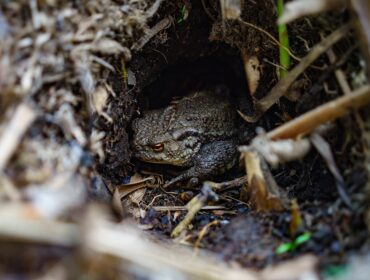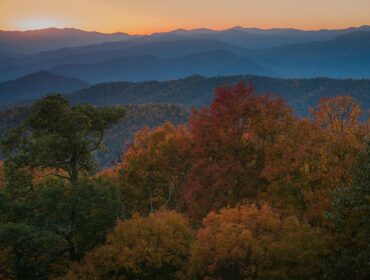Here at SunnyScope, we’ve discussed edible mushrooms, poisonous mushrooms, and even regional mushrooms, but this post is dedicated to some of the most beautiful and unusual wild mushrooms from all over the world. Whether it’s their appearance or their physiological characteristics that set them apart from the rest, these five specimens deserve a little extra attention!
1. Mycena Chlorophos
The Mycena chlorophos is a notable bioluminescent fungus; it was the first glowing fungus to ever be identified, in the 1800s. Crystal white in the daytime, the cap and gills of these small wild mushrooms both glow pale green for three days before the effect fades. Like all bioluminescent fungi, this one is part of the order Agaricales. In Japan, these are called the night-light mushroom, or yako-take.
2. Hairy Trumpet
Panus fasciatus looks like nothing so much as a plant out of the drawings of Dr. Seuss. An Australian mushroom, the hairy trumpet starts out a pale purple and burgundy color, aging in the right conditions to brown with a bark-like consistency. This mushroom is indeed trumpet shaped, with the rare distinction of being hollow.
3. Gold Tuft
The gold tuft, or Cyptotrama asprata, is odd-looking. From a distance the tuft is normally-shaped but still remarkable for being a rich buttercup color. Examined closely, this mushroom is covered in fibers. The gold tuft essentially looks like a pretty mushroom with spiked up hair. The Cyptotrama asprata is so different from other species in its genus it was classified in fourteen different genera before being placed in Cyptotrama.
4. Scarlet Elf Cup
The Sarcoscypha coccinea, known as the scarlet elf cup or a variety of similar names, has an appearance which is very much in the eye of the beholder. From one angle, it does look like a cheerful cup an elf might use. From another, its appearance is nothing so much as a wide red mouth. These wild mushrooms’ internal red color comes from five different types of carotenoid pigments, and may be meant to absorb sunlight to control the mushroom’s temperature.
5. Pixie’s Parasol
The pixie’s parasol, scientific name Mycena interrupta, looks like just that. An unworldly blue color, the pixie’s parasol starts as globes growing out of the sides of rotting woody surfaces, then twists out a thin stem ending in a TARDIS-blue parasol shape, always horizontal even though the mushrooms usually grow out of the vertical surfaces. The pixie’s parasol is distributed throughout the former Gondwanan supercontinent.
Featured Image from Timothy Dykes/Unsplash




